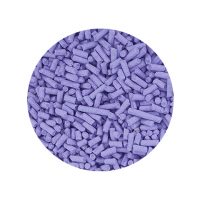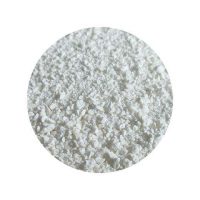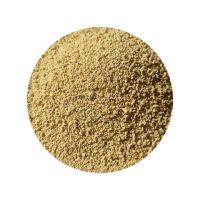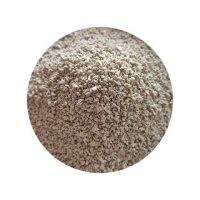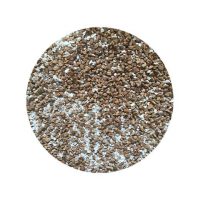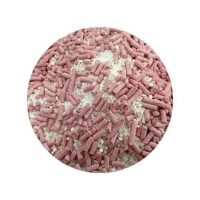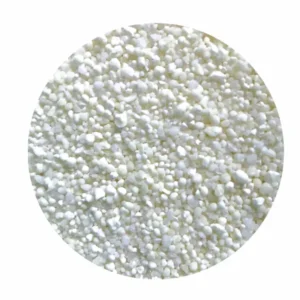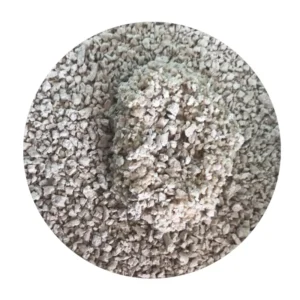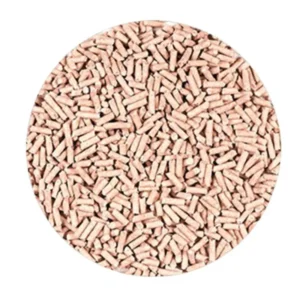Are you wondering how frequently you should replace your cat’s litter? Maintaining a clean litter box is crucial for your cat’s health and well-being.
In this blog post, we’ll discuss the factors that influence how often you should change cat litter and provide helpful guidelines to keep your pet’s environment hygienic and comfortable.
By following these tips, you can ensure your cat has a clean and inviting space to relieve itself.
How Often to Change Cat Litter?
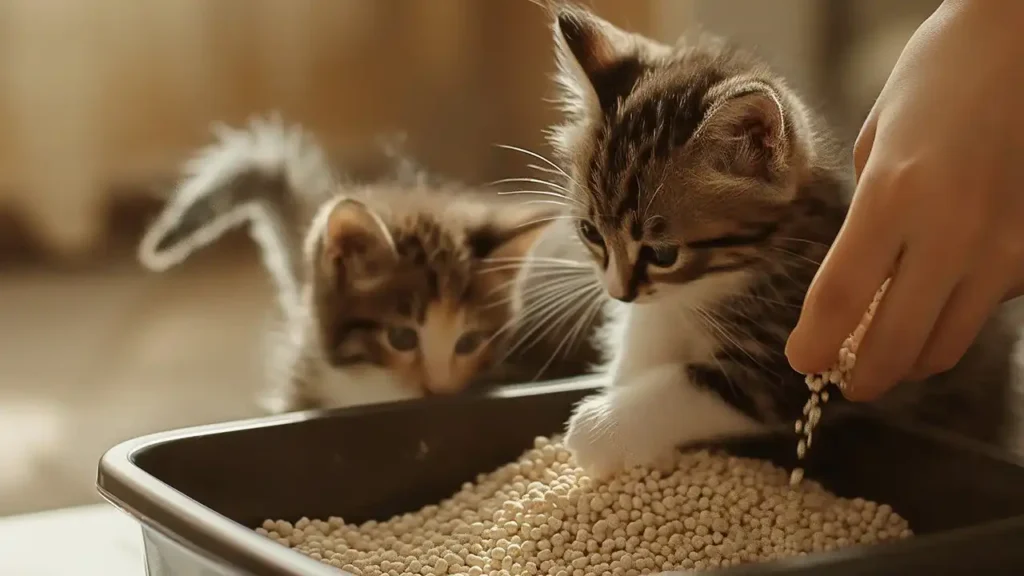
How often should you change cat litter? The ideal frequency for changing cat litter depends on several factors:
- Litter Type: Clumping litter generally lasts longer than non-clumping litter due to its ability to form clumps, making it easier to scoop out waste.
- Number of Cats: The more cats you have, the faster the litter will be used up.
- Litter Box Size: Larger litter boxes can accommodate more litter and may last longer between changes.
- Scooping Frequency: Regular scooping helps to extend the life of cat litter.
- Litter Depth: A deeper layer of litter can absorb more waste and last longer.
General Guidelines:
- Clumping Litter: Typically lasts 1-2 weeks between complete changes.
- Non-Clumping Litter: May need to be replaced every week or more frequently, depending on the factors listed above.
Signs It’s Time for a Change:
- Strong Odors: If the litter box starts to smell unpleasant, it’s a sign that it needs to be replaced.
- Excessive Clumping: If clumping litter is forming large clumps or becoming difficult to scoop, it may be nearing the end of its lifespan.
- Visible Waste: If you can see waste through the top layer of litter, it’s time for a complete change.
By following these guidelines and monitoring your cat’s litter box regularly, you can ensure that your pet always has a clean and comfortable environment.
Cat Litter Replacement
When should you replace your cat’s litter?
The ideal frequency for replacing cat litter depends on several factors, including:
- Litter Type: Clumping litter generally lasts longer than non-clumping litter.
- Number of Cats: The more cats you have, the faster the litter will be used up.
- Litter Box Size: Larger litter boxes can accommodate more litter and may last longer between changes.
- Scooping Frequency: Regular scooping helps to extend the life of cat litter.
- Litter Depth: A deeper layer of litter can absorb more waste and last longer.
General Guidelines:
- Clumping Litter: Typically lasts 1-2 weeks between complete changes.
- Non-Clumping Litter: May need to be replaced every week or more frequently.
Signs It’s Time for a Change:
- Strong Odors: If the litter box starts to smell unpleasant, it’s a sign that it needs to be replaced.
- Excessive Clumping: If clumping litter is forming large clumps or becoming difficult to scoop, it may be nearing the end of its lifespan.
- Visible Waste: If you can see waste through the top layer of litter, it’s time for a complete change.
Factors Affecting Cat Litter Change Frequency
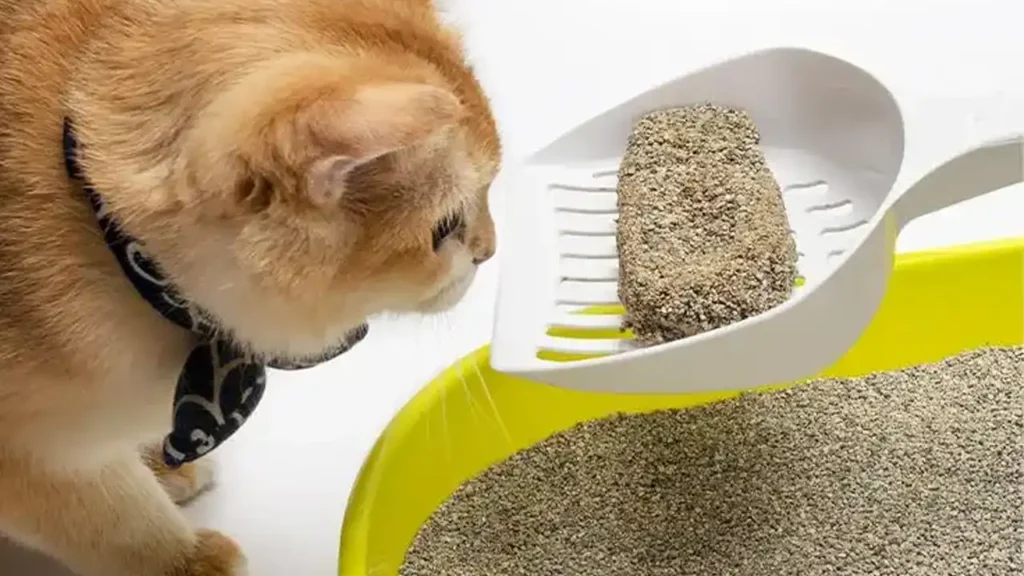
- Clumping Litter: Known for its ability to form clumps when exposed to urine, clumping litter can often last longer than non-clumping varieties. This is because the clumps can be easily scooped out, leaving the remaining litter relatively clean.
- Non-Clumping Litter: While non-clumping litter can still absorb waste, it doesn’t form clumps. This means that the entire litter box may need to be replaced more frequently, as the waste can become more evenly distributed throughout the litter.
Number of Cats:
- Multiple Cats: Having multiple cats can significantly shorten the lifespan of cat litter. With more cats using the litter box, the waste accumulates faster, leading to increased odor and the need for more frequent replacements.
Litter Box Size:
- Larger Litter Boxes: A larger litter box can accommodate more litter, which can help it last longer between changes. This is especially beneficial for households with multiple cats or those who prefer to use a deeper layer of litter.
Scooping Frequency:
- Regular Scooping: Daily scooping of solid waste and clumps can significantly extend the lifespan of cat litter. This helps to reduce odors and prevent the litter from becoming saturated with waste.
Litter Depth:
- Deeper Layers: A deeper layer of litter can absorb more waste and help to control odors. However, it’s important to strike a balance between depth and convenience. Too deep a layer can make it difficult for cats to dig and may not be as effective at preventing odors.
Environmental Factors:
- Temperature and Humidity: High temperatures and humidity can accelerate the breakdown of cat litter and increase odor. In such environments, more frequent replacements may be necessary.
Additional Considerations:
- Cat’s Health: If your cat has health issues, such as urinary tract problems or allergies, more frequent litter changes may be necessary to maintain a clean and comfortable environment.
- Cat’s Preferences: Some cats may be more sensitive to odors or litter textures, which may require more frequent litter changes.
By considering these factors and monitoring your cat’s litter box regularly, you can determine the optimal replacement schedule for your specific situation.
How Often to Scoop Cat Litter?

Scooping cat litter regularly is essential for maintaining a clean and hygienic environment for your cat. It helps to control odors, prevent the spread of bacteria, and encourage your cat to use the litter box consistently.
General Guidelines:
- Daily Scooping: Scoop out solid waste and clumps at least once a day. This helps to reduce odors and prevent the litter from becoming saturated.
- Complete Changes: Replace the entire litter box contents every 1-2 weeks for clumping litter and more frequently for non-clumping litter.
Factors Affecting Scooping Frequency:
- Number of Cats: The more cats you have, the more frequently you’ll need to scoop.
- Litter Type: Clumping litter generally requires less frequent scooping than non-clumping litter.
- Litter Box Size: Larger litter boxes may need less frequent scooping.
- Cat’s Health: If your cat has health issues, such as urinary tract problems, more frequent scooping may be necessary.
Signs It’s Time to Scoop:
- Visible Waste: If you can see solid waste through the top layer of litter, it’s time to scoop.
- Unpleasant Odors: A strong odor from the litter box is a sign that it needs to be scooped.
- Cat Avoidance: If your cat seems to be avoiding the litter box, it could be due to the litter being dirty.
Tips for Efficient Scooping:
- Use a Scoop: A good-quality litter scoop can make scooping easier and more effective.
- Scoop Thoroughly: Make sure to remove all solid waste and clumps to prevent odors and bacteria buildup.
- Dispose of Waste Properly: Seal waste in a plastic bag and dispose of it in the trash.
- Clean the Litter Box: After scooping, wipe down the sides and bottom of the litter box with a disinfectant to prevent bacteria growth.
By following these guidelines, you can ensure that your cat’s litter box remains clean and inviting, promoting their overall health and well-being.
How Often Should You Completely Change Cat Litter?
The frequency of complete cat litter changes depends on several factors, including:
- Litter Type: Clumping litter generally lasts longer than non-clumping litter.
- Number of Cats: The more cats you have, the faster the litter will be used up.
- Litter Box Size: Larger litter boxes can accommodate more litter and may last longer between changes.
- Scooping Frequency: Regular scooping helps to extend the life of cat litter.
- Litter Depth: A deeper layer of litter can absorb more waste and last longer.
General Guidelines:
- Clumping Litter: Typically lasts 1-2 weeks between complete changes.
- Non-Clumping Litter: May need to be replaced every week or more frequently, depending on the factors listed above.
Signs It’s Time for a Complete Change:
- Strong Odors: If the litter box starts to smell unpleasant, it’s a sign that it needs to be replaced.
- Excessive Clumping: If clumping litter is forming large clumps or becoming difficult to scoop, it may be nearing the end of its lifespan.
- Visible Waste: If you can see waste through the top layer of litter, it’s time for a complete change.
By following these guidelines and monitoring your cat’s litter box regularly, you can ensure that your pet always has a clean and comfortable environment.
How Often Should I Clean the Cat Litter Box?
The ideal frequency for cleaning your cat’s litter box is at least once a day. This involves scooping out solid waste and clumps to prevent odors and maintain a hygienic environment.
For complete changes of the litter, you should follow these guidelines:
- Clumping Litter: Typically lasts 1-2 weeks between complete changes.
- Non-Clumping Litter: May need to be replaced every week or more frequently.
Remember to consider factors such as the number of cats, litter box size, scooping frequency, and litter depth when determining the optimal replacement schedule.
Conclusion
Maintaining a clean and hygienic litter box is crucial for your cat’s health and well-being. By understanding the factors that influence how often to change cat litter and following the recommended guidelines, you can provide your feline friend with a comfortable and inviting environment.
Remember to scoop out waste regularly, monitor the litter for signs of replacement, and adjust the cleaning schedule as needed to suit your cat’s specific needs.
Are you looking for high-quality wholesale cat litter? Look no further! Our company offers a wide range of premium cat litter options at competitive prices. Contact us today to learn more about our products and how we can help you meet the needs of your customers.
By choosing our wholesale cat litter, you can be confident that you are providing your customers with the best possible products for their feline companions.


